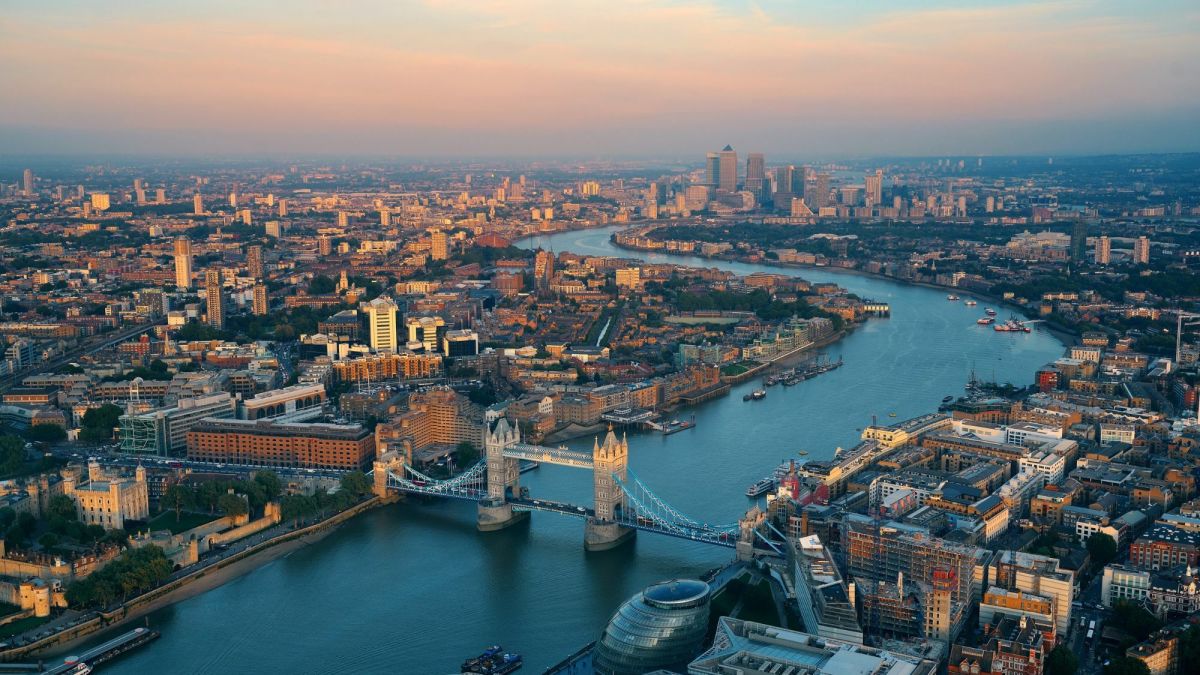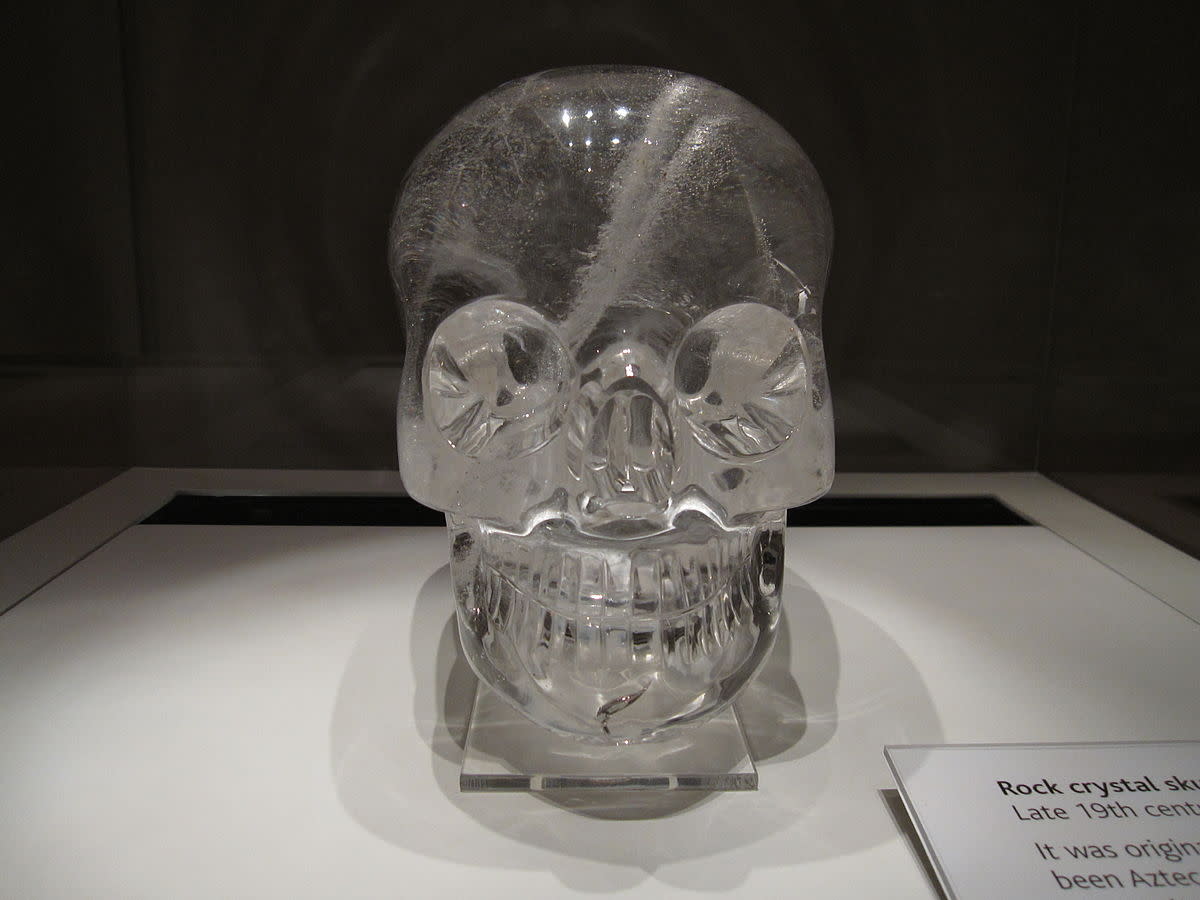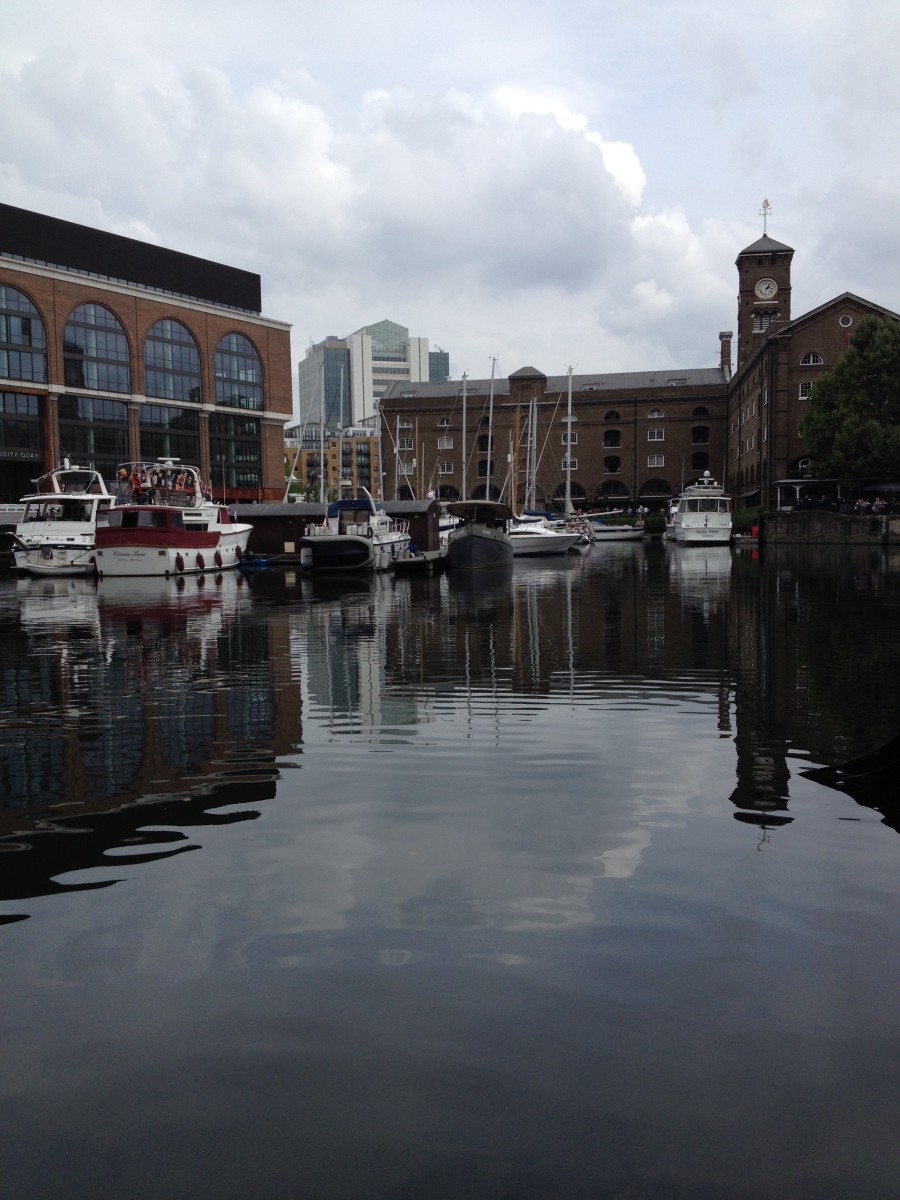- HubPages»
- Travel and Places»
- Visiting Europe»
- United Kingdom»
- England
A London visit on the cheap: 5 free ideas for family activities & museums
Budget London - family trips can be costly
London is quite an expensive city. Even just the basics - somewhere to stay, food, transport and so forth can cost quite a wedge.
And, of course, there are many activities and tourist attractions just dying to part the visitor from his hard-earned pounds, dollars, euros, or yen.
But don't despair! There are also a lot of things to do in London which can be great fun for a family outing, and yet are free.
We live in London, and have a 3 year old son, and all these 5 suggestions are tried and tested, and things we do frequently.
So have fun on your family trip to the greatest city in the world! As. Dr. Johnson put it:
You find no man, at all intellectual, who is willing to leave London. No, Sir, when a man is tired of London, he is tired of life; for there is in London all that life can afford.
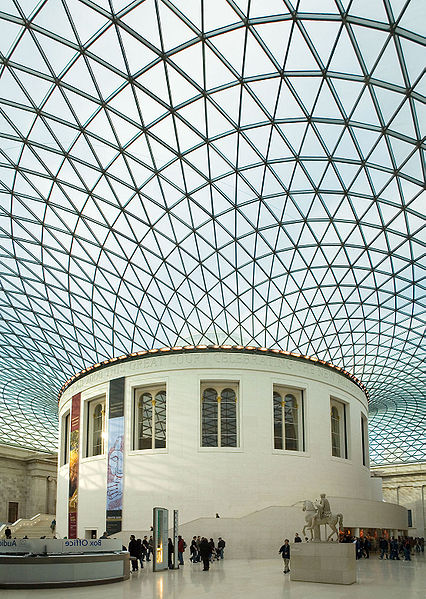
- Welcome to the British Museum
The British Museum's website is great - lots of details on collections, research, and current events.
British Museum
The British Museum is, quite simply, spectacular.
It's not only one of the oldest museums in the world, it has an absolutely amazing and diverse range of exhibits from every corner of the world, a total of over 7 million different objects.
It is one of the copyright libraries, meaning every book and periodical published is held in the British Library (part of the Museum).
Its main buildings are in Bloomsbury, central London, an area of Georgian buildings, green squares, and lots of different educational establishments.
The Museum was founded as a result of the personal collection of Sir Hans Sloane.
Sloane had collected over 70,000 items, mostly books, pre-printing press parchment and manuscripts, ancient coins, drawings, natural history, and anthropological type artifacts.
He left his collection to the King, George II, on condition that it became the basis of a national collection.
Parliament took up the idea, and the museum was founded by Act of Parliament in 1753.
Other collections previously bequeathed to the country were added, and four years later, King George II donated the Old Royal Libraries collection as well.
The original home of the British Museum was Montagu House, Great Russell Street, Bloomsbury.
The Museum bought the building in 1759, and the current Museum buildings were constructed on the same site in the 1840s.
There are endless exciting things to see in the Museum, and many are fantastic for children as well as adults.
My son, aged 3, is particularly fond of the Egyptian galleries, which feature an amazing collection of Mummies, paintings and statues.
He also likes the Sutton Hoo exhibits, part of the finds from a Saxon burial plot, including treasure and armour.
The British Museum is free to enter. The only parts you have to pay for are the special exhibitions, which are specific and temporary. And you could keep yourself occupied for months without needing to stray out of the free parts!
The Museum is in Great Russell Street, as it has been since foundation. The nearest tube stations are Holborn (Piccadilly and Central lines) and Russell Square (Piccadilly line) and it is only a few minutes' walk from either.
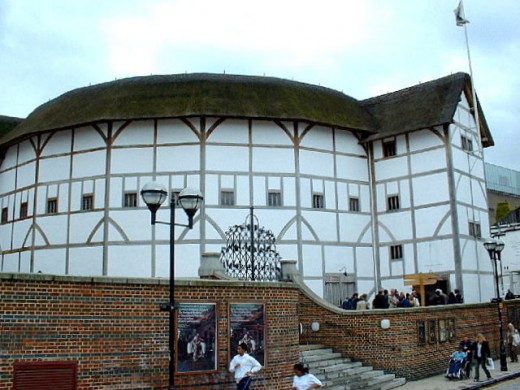
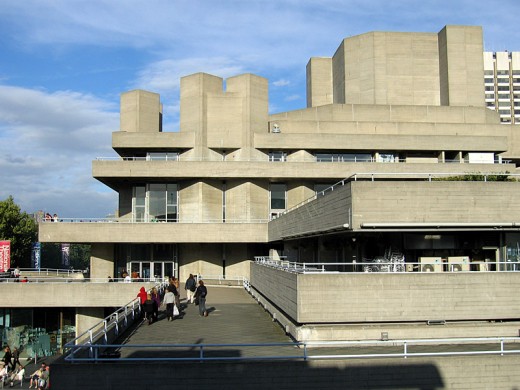
- Southbank Centre
Find our work inside and outside three iconic buildings, Royal Festival Hall, Queen Elizabeth Hall and The Hayward. Come for the breathing space, to walk without traffic, shop, eat and drink, and enjoy the river and skyline. - Jubilee Gardens, South Bank London
The Jubilee Gardens web site, London's South Bank, with details of the park.
Walk along the South Bank
The South Bank is a pedestrianised area of walkways, buildings and paths, along the south bank of the River Thames in central London.
There is a wealth of things to see and do along this stretch of the Thames.
The area was changed substantially as a result of the 1951 Festival of Britain, and is home to a number of galleries, theatres and museums.
As a result, it is a by-word for cultural events, to the extent that an arts programme on television is called The South Bank Show.
Walking along the South Bank is great fun. You can watch boats and ships on the River Thames, and look at the many bridges, old and new, which cross the river.
Because the paths are free of traffic, there are lots of people here and things going on. It's a major venue for skateboarding, and there are always people watching and enjoying the show.
A number of important buildings can also be seen, such as the Queen Elizabeth Hall, the Royal Festival Hall, and the Hayward Gallery.
Shakespeare's Globe Theatre, the 1990s reproduction of the original, is on the waterfront on the south bank too, and a lot can be seen from the outside.
The London Eye is also on the south bank, near to the old London County Hall.
Jubilee Park is also great fun - it was created in 1977, the year of Queen Elizabeth II's Silver Jubilee.
It features memorials to the British Battalions who fought (and, all to often, died) in the Spanish Civil War.
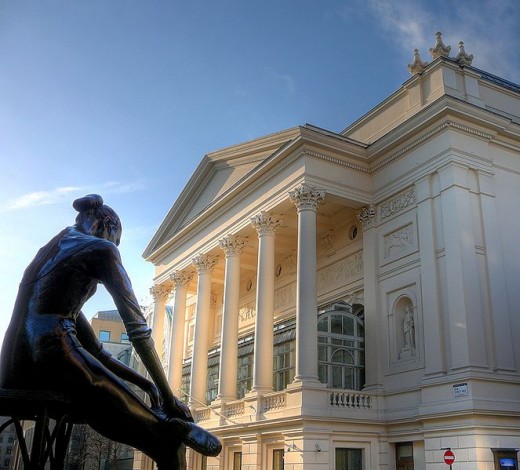
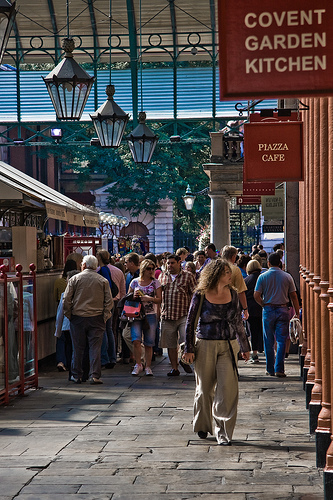
Covent Garden
Covent Garden, in the centre of London, is a place you can spend a great deal of money if you want to, but can also enjoy yourself immensely for free.
It's between the old cities of London and Westminster, not far north of the River Thames
Covent Garden, as it was then known, was established in the 12th century as the place where the monks of Westminster Abbey had a market garden to grow fruit and vegetables.
Over time, it became a large market, selling everything under the sun, but with an emphasis still on fresh food.
By the 18th century, it was London's major wholesale market for fruit, veg, and fresh flowers.
In the mid-1970s, the market moved a few miles upriver, to New Covent Garden Market, in Vauxhall.
Now, the Covent Garden area is a mixture of expensive shops, and market stalls selling everything from essential oils to English cheeses.
It is also an area of serious and extensive street entertainment.
The main square is mostly classical music, and the streets around feature everything from stilt-walking through juggling to yoga masters.
The Royal Opera House, London Transport Museum, and St. Paul's Church are all on the central square.
Covent Garden tube is the closest station, oddly enough. It is on the Piccadilly line.
- Changing the Guard from the Queen's website
Description of the ceremony of Changing the Guard, and times and dates of upcoming events
Changing of the Guard
The Queen’s Palaces are guarded by the Queen’s Guard and the Queen’s Lifeguard who guard all the official royal residences and Palaces.
The Guards have been responsible for this since the restoration in 1660, and the reign of King Charles II.
At 11 o’clock each morning during the summer, in front of Buckingham Palace, the Queen’s main residence in London, is the Changing of the Queen’s Guard.
This is a ceremony, in which the new guard arrives formally to replace the old guard.
The new guard lines up in military fashion on the parade grounds at Wellington Barracks, nearby, and are then inspected.
The military band from one of the Guard’s regiments is with the new Guard. They then march across from Wellington Barracks to Buckingham Palace. The old Guard waits at the foreground of Buckingham Palace, bearing the Colours.
If the Queen is in residence at Buckingham Palace these are the Queen’s Colours, otherwise they are the Regimental Colours.
The old Guard presents arms, and the new Guard then follows suit.
After some marching about, the Captain of the old Guard comes to the Captain of the new Guard and hands over the official Palace keys.
After a bit more slow marching around, the Captain of the old Guard leads his soldiers away at a brisk march back to the Wellington Barracks.
There is a similar ceremony at Windsor Castle.
The exact dates and times for the Changing of the Guard can be seen on the official Monarch’s website to the right of this text.
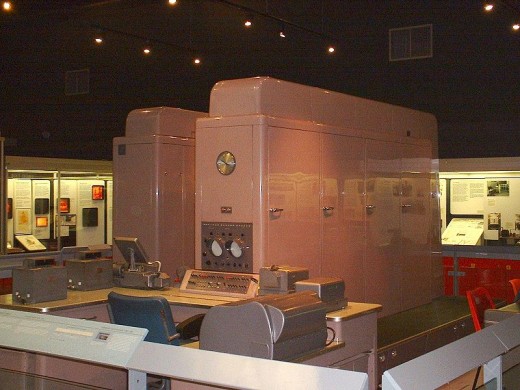
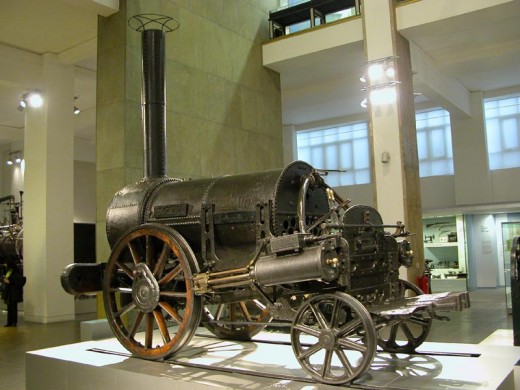
- Science Museum
Website of the Science Museum in South Kensington, London
Science Museum
The Science Museum is an absolutely astonishing institution on Exhibition Road in South Kensington, London.
It was founded after the Great Exhibition of 1851, with the profits from that exhibition.
It holds some extremely important artifacts relating to science, technology and medicine, including George Stephenson’s Rocket, the oldest surviving steam train, and the first jet engine in the world.
Although there are many permanent exhibitions which are great fun for families, you will struggle to see them all!
Our favourites are the East Hall, which is full of steam engines and objects relating to the industrial revolution; Flight, which contains full-sized historical aeroplanes from the before the First World War, and including Spitfire and Hurricane planes from the Second World War.
There is also a fantastic children’s section called The Launchpad. This is full of interactive experiments for children, who can press buttons, pull levers and watch as science is explained to them.
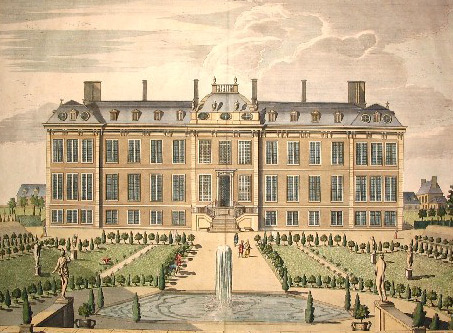
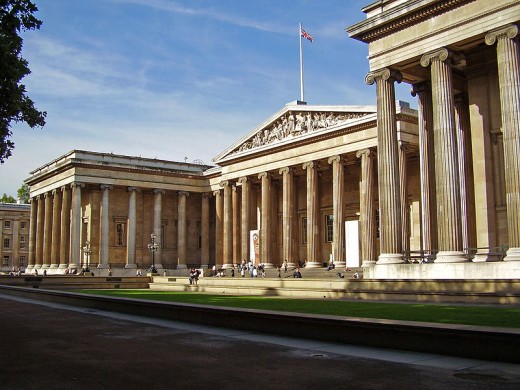
Associated articles on London
For a more detailed off-the-beaten-path London experience, this article on places in London associated with the Knights Templar.
For a historical London perspective, you can read this hub about how English people in general, and Londoners in particular, coped with the Nazi bombs dropped during the Blitz.
London has a very good and well-integrated public transport system. You can travel around walking, or by tube, train, tram, bus, cab and boat transport on the Thames.
The tranport possibilites are complicated, and you might find the details about finding your way around
the city in this article helpful when planning your London trip.





